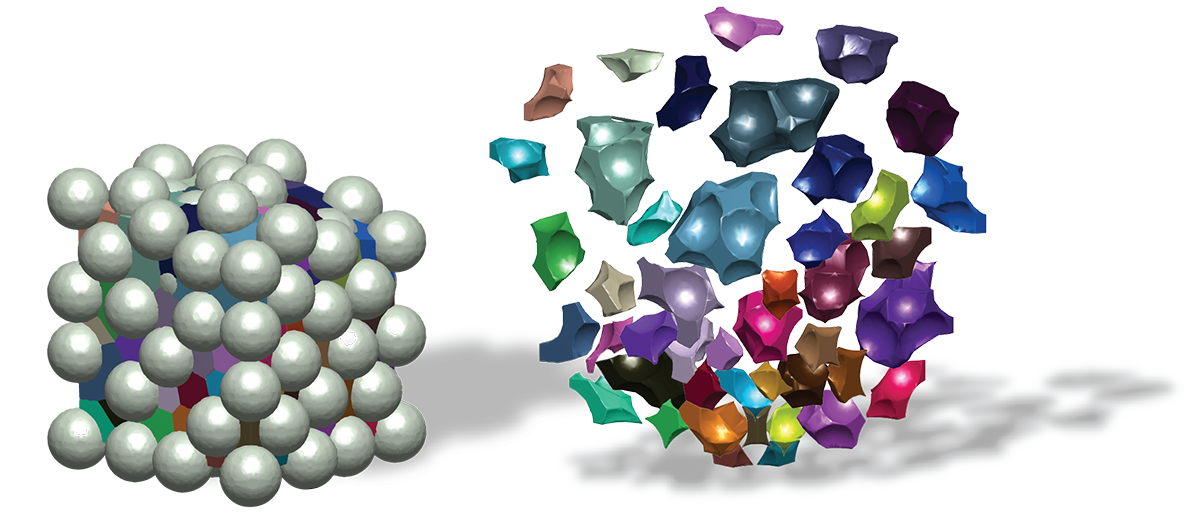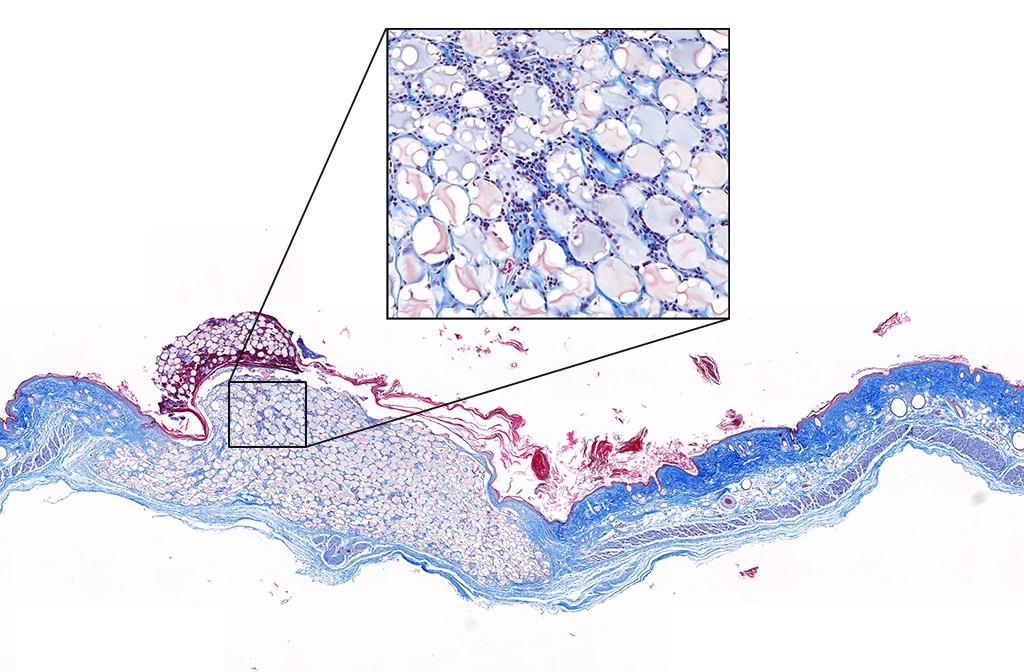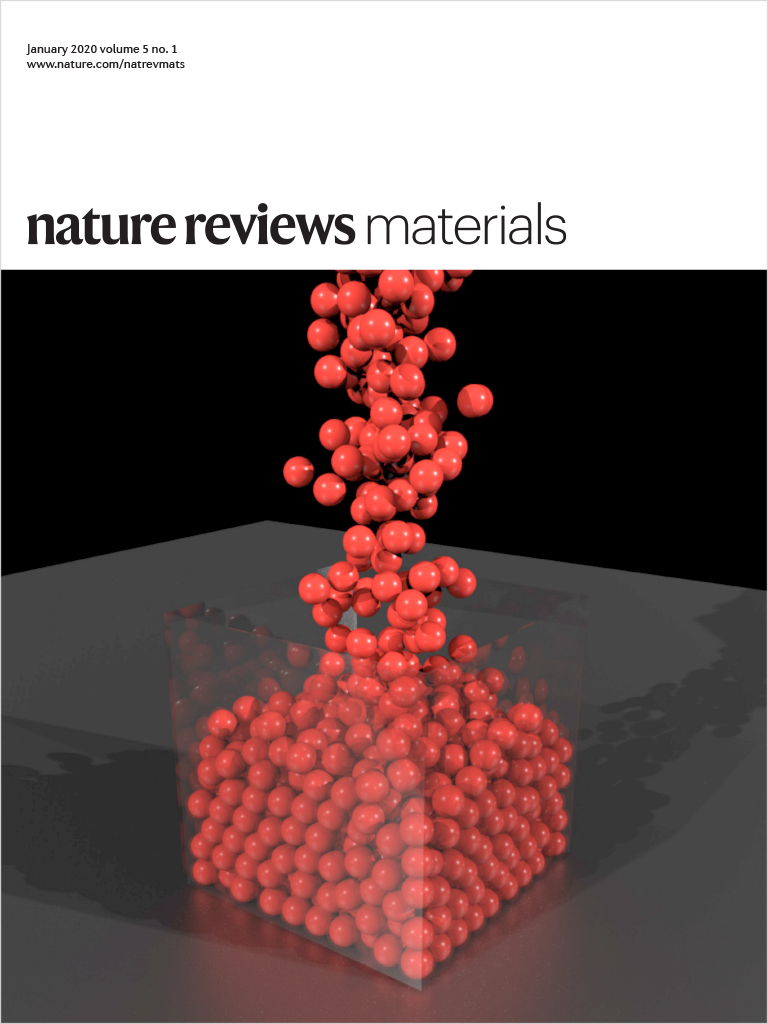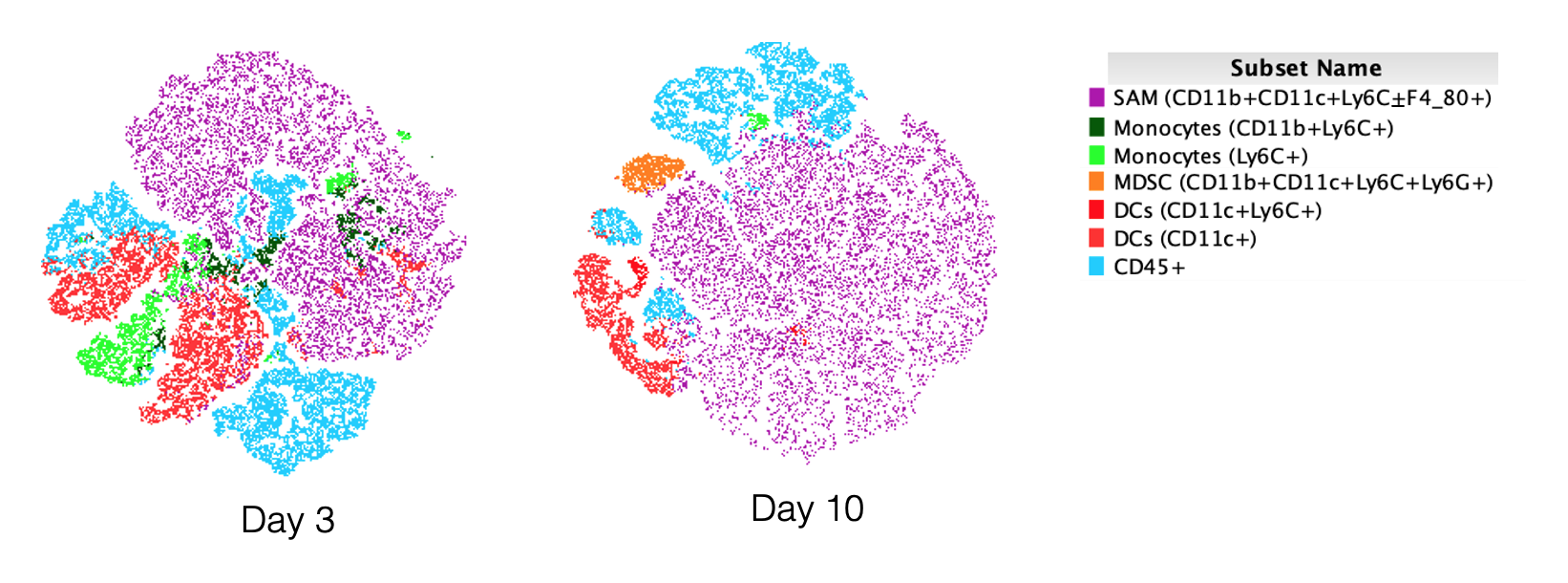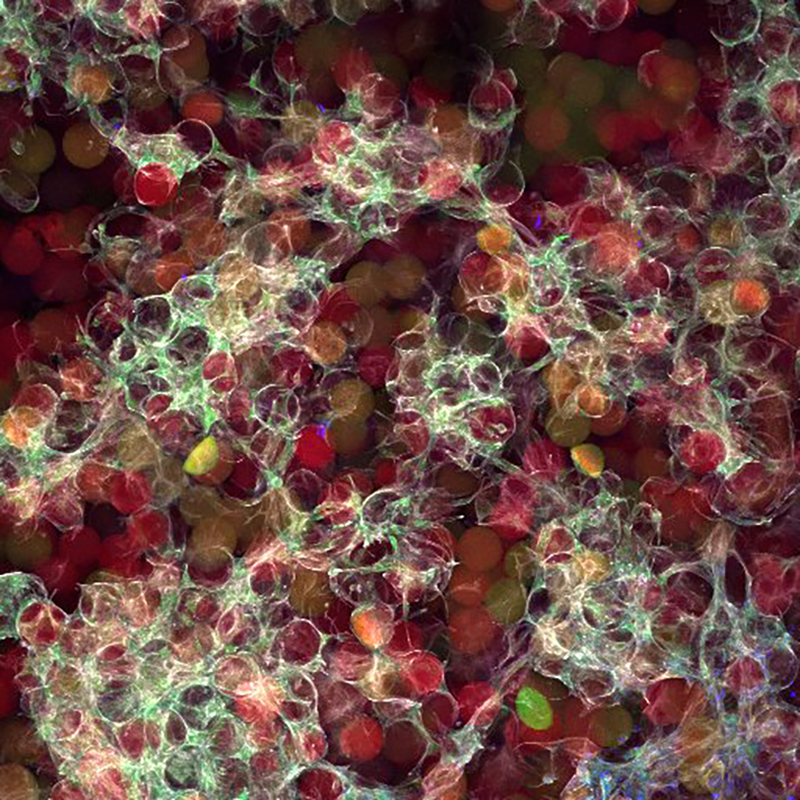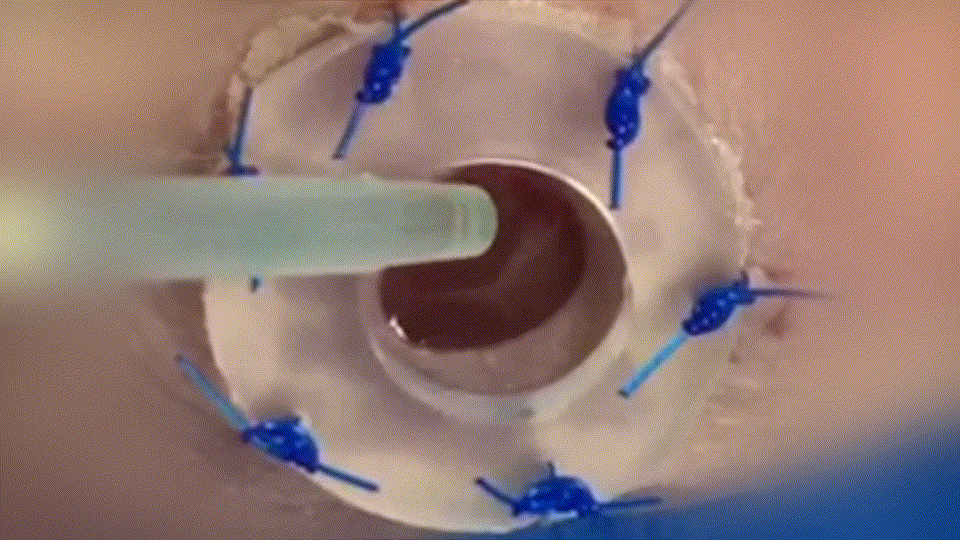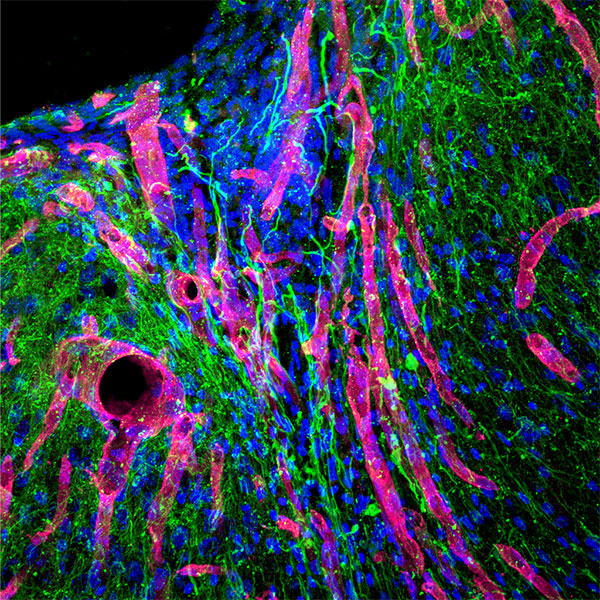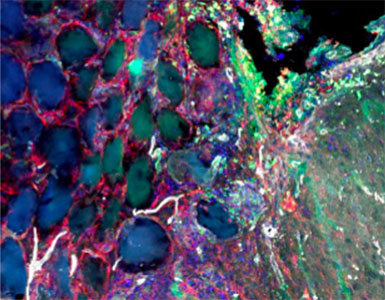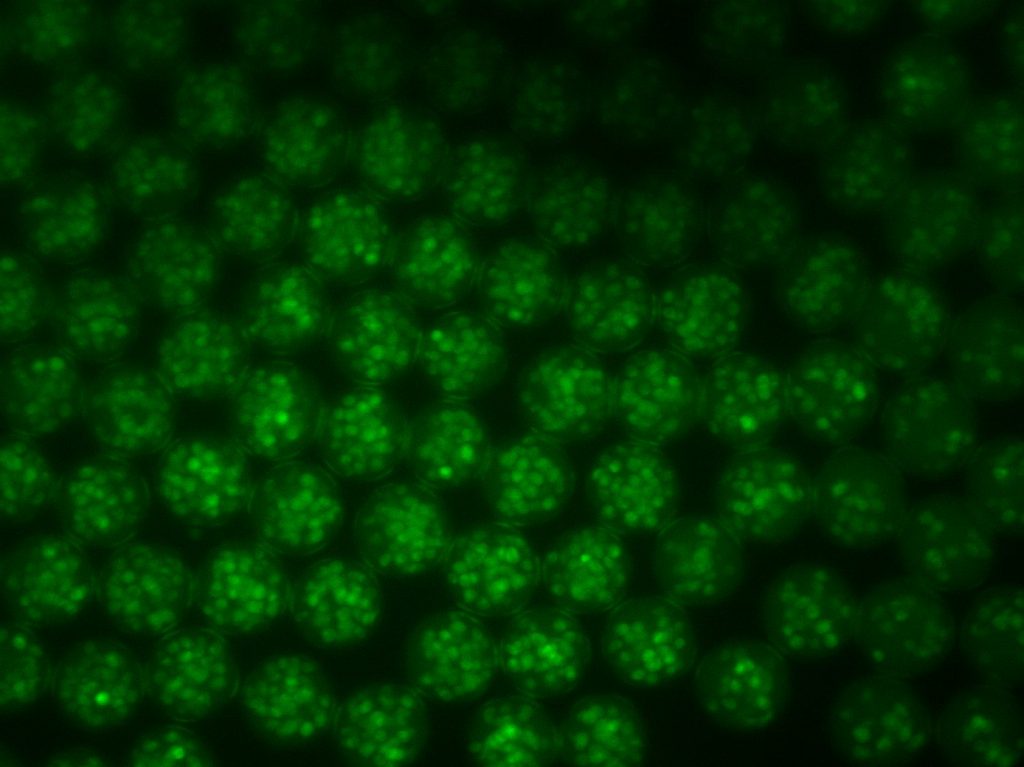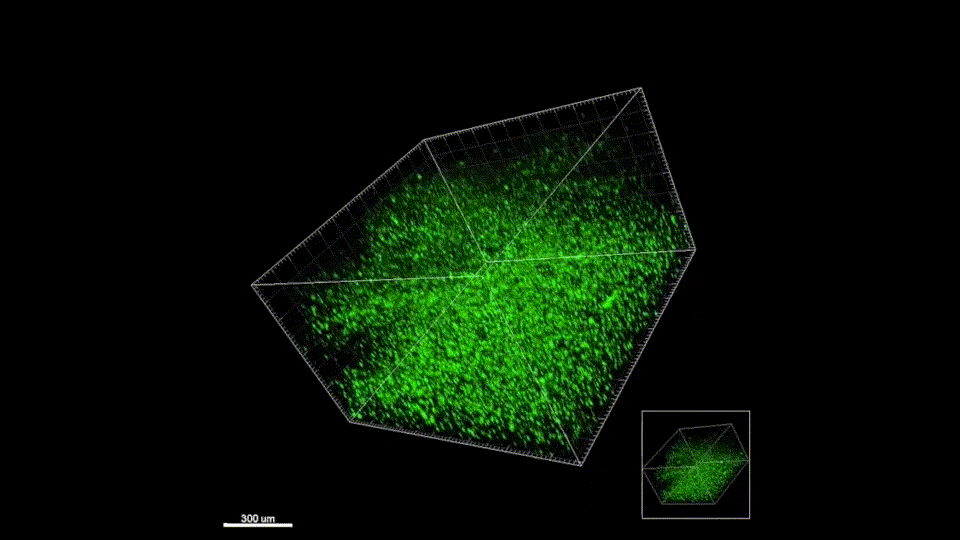Altmetric Score
Dimensions
Citation
Delivery to the proper tissue compartment is a major obstacle hampering the potential of cellular therapeutics for medical conditions. Delivery of cells within biomaterials may improve localization, but traditional and newer void-forming hydrogels must be made in advance with cells being added into the scaffold during the manufacturing process. Injectable, in situ cross-linking microporous scaffolds are recently developed that demonstrate a remarkable ability to provide a matrix for cellular proliferation and growth in vitro in three dimensions. The ability of these scaffolds to deliver cells in vivo is currently unknown. Herein, it is shown that mesenchymal stem cells (MSCs) can be co-injected locally with microparticle scaffolds assembled in situ immediately following injection. MSC delivery within a microporous scaffold enhances MSC retention subcutaneously when compared to cell delivery alone or delivery within traditional in situ cross-linked nanoporous hydrogels. After two weeks, endothelial cells forming blood vessels are recruited to the scaffold and cells retaining the MSC marker CD29 remain viable within the scaffold. These findings highlight the utility of this approach in achieving localized delivery of stem cells through an injectable porous matrix while limiting obstacles of introducing cells within the scaffold manufacturing process.








